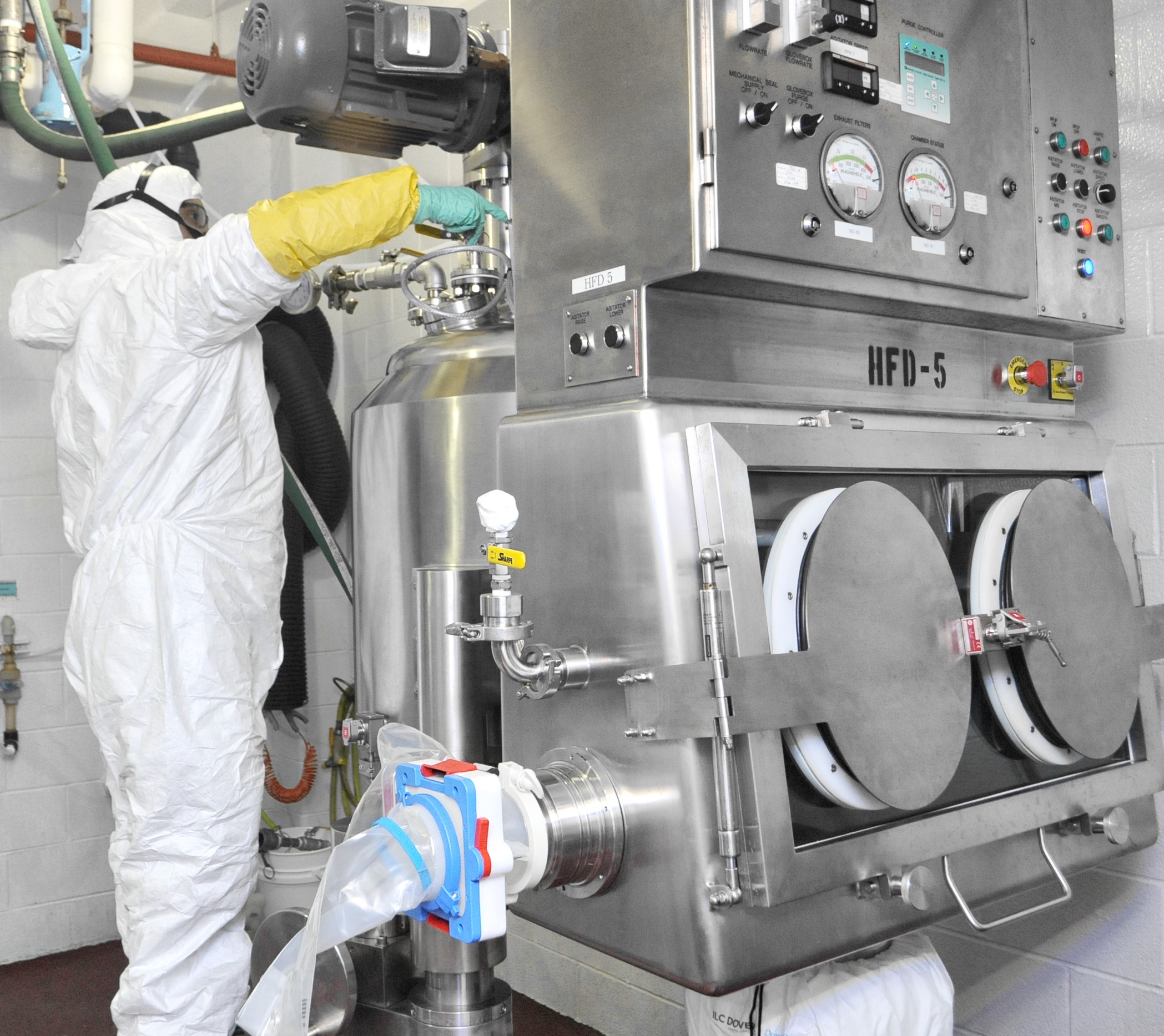Impurity control is a critical aspect of any pharmaceutical development process, but regulatory guidance tends to be vague where limited use during clinical trials is concerned. According to AstraZeneca’s Andrew Teasdale: “Permissible limits for impurities during clinical development has always been a grey area. Existing guidelines, specifically ICH Q3A, only […]
In the United States, a rare disease is defined as one that affects less than 200,000 patients. Today there are approximately 7,000 known rare diseases affecting more than 30 million Americans. Between 1973 and 1983, there were fewer than ten drugs on the market that treated rare diseases. In 1983 […]
Contract Development and Manufacturing Organizations (CDMOs) evaluate and transfer many small molecule active pharmaceutical ingredient (API) processes. In our experience, the chemistry that is presented in the technical packets frequently represents a medicinal chemistry process or a cursory attempt at a scalable route. Therefore, the API often requires significant further […]
Particle size reduction techniques such as micronization are an essential aspect of pharmaceutical manufacturing operations – and their importance continues to grow. Micronization and other particle reduction techniques are a mainstay in addressing poor drug solubility. Once an exception rather than a rule, most new drug compounds today are highly […]
A chiral molecule is one in which the stereoisomers are mirror images of each other. These mirror images – an example of molecular symmetry – are referred to as enantiomers (see image at right – courtesy of Wikipedia). From a separation standpoint, chiral molecules pose unique challenges. Because they are […]





